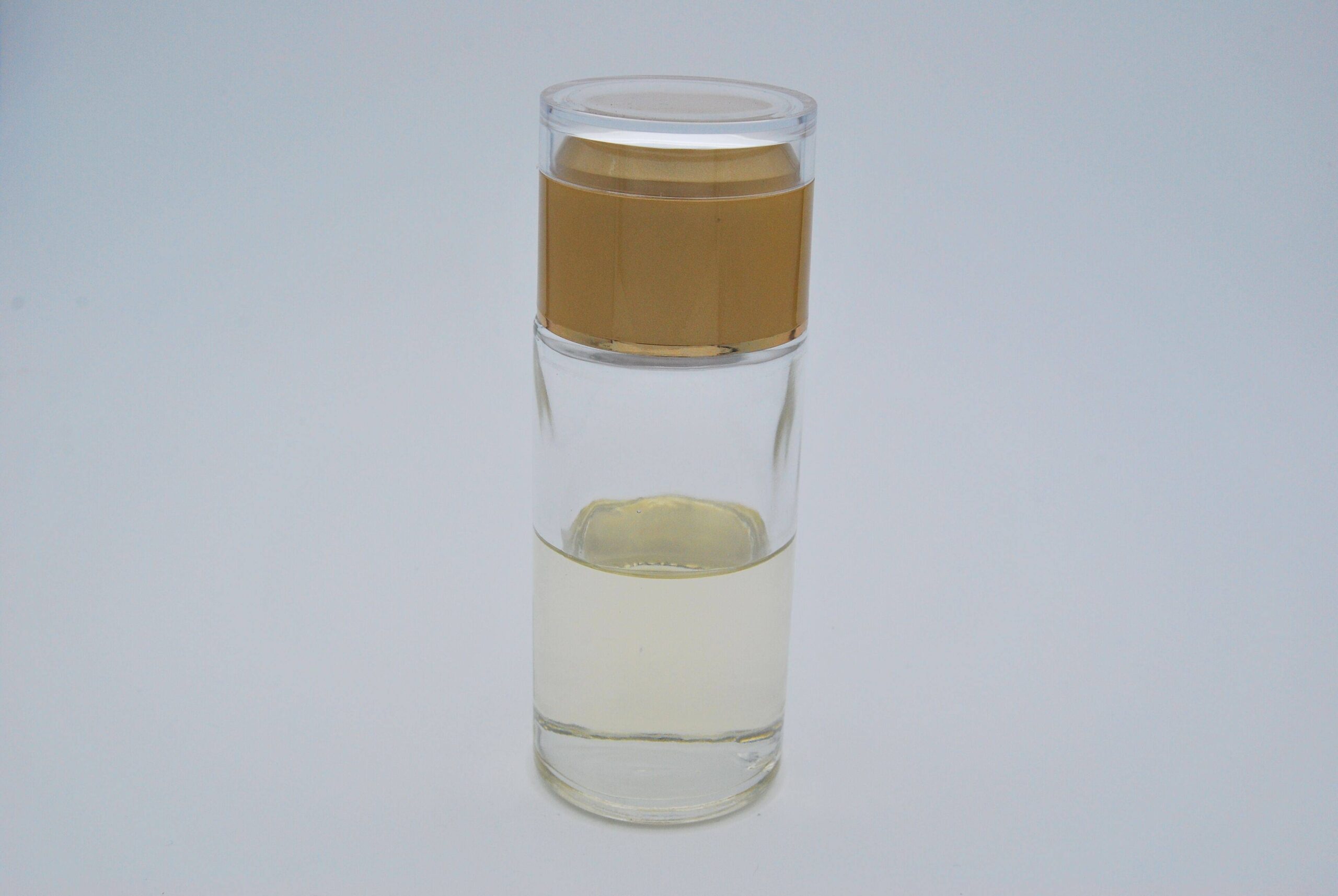Imidacloprid is a widely used insecticide belonging to the neonicotinoid class that effectively manages a variety of pests. As a systematic insecticide, it targets the nervous system of insects, causing paralysis and eventual death. For anyone considering its application, understanding the correct dosage in conjunction with effective methods is paramount for successful pest management.
Understanding the appropriate concentration of imidacloprid per gallon of water is essential to its efficacy. The concentration typically varies based on the specific formulation of the product being utilized and the type of pest being targeted. Nevertheless, a common guideline suggests using 0.5 to 1 ounce of imidacloprid per gallon of water. This dosage often corresponds with the product’s label instructions, which should always be referred to, as manufacturers may provide specific recommendations tailored to varying environmental conditions and pest species.
Beyond the sheer dosage, several factors can substantially affect the overall effectiveness of imidacloprid in controlling pest populations. Oftentimes overlooked, these elements contribute intricately to the efficacy of the application and the resulting outcomes observed in pest management practices.
Environmental Conditions: A Silent Influencer
The success of imidacloprid application is heavily influenced by prevailing environmental conditions. Temperature, humidity, and wind speed play crucial roles in how the insecticide interacts with both the target pests and the surrounding ecosystem. Higher temperatures may enhance the volatility of the solution, potentially leading to quicker evaporation. In contrast, overly humid conditions can result in a study where the solution may linger longer on surfaces, extending the exposure time for pests.
Windy conditions can create challenges in accurately targeting pests, as drift can carry the solution away from intended areas. For optimal results, applications should ideally occur during calm weather; early morning or late evening can often provide the necessary tranquility for effective spraying.
Surface Preparation: The Unsung Hero
Before application, adequately preparing the target environment is integral. This involves the removal of debris and organic material where pests might hide. Clean surfaces allow for better adherence and absorption of the chemical, reducing the likelihood of runoff and maximizing the insecticide’s reach.
Moreover, applying imidacloprid on surfaces where pests are active—such as on the leaves, stems, or soil—is crucial for effective pest interception. Pheromone traps or other methods can help identify hotspots of insect activity, guiding where to concentrate efforts.
Application Technique: Precision Matters
Employing the correct application technique is crucial when applying imidacloprid. Spray equipment should be calibrated correctly to ensure an even distribution of the solution. Uniform coverage is essential. This can often be achieved using a hand-held backpack sprayer, which allows for greater maneuverability in reaching targeted areas.
In commercial applications where larger areas require coverage, tractor-mounted sprayers can ensure both efficiency and accuracy. However, paying attention to nozzle types is equally vital; fine mist nozzles can help achieve better coverage by preventing large droplets that may run off treated surfaces.
Timing of Application: Syncing with Pest Lifecycle
The timing of imidacloprid application is another critical factor that determines overall success. Timing can be exquisitely mapped to the lifecycle of the target pest. For instance, applying imidacloprid during the early stages of a pest outbreak can significantly reduce population growth and prevent further infestations.
Additionally, understanding the biological rhythms of pests can further optimize effectiveness. For instance, many pests are more active during specific times of day, such as dawn or dusk. Targeting these periods enhances the likelihood of encountering the insects and maximizing exposure to the insecticide.
Resistance Management: Preparation Against Adaptation
A notable concern when using systemic insecticides like imidacloprid is the potential for pests to develop resistance over time. Employing a diverse set of pest control methods—integrating biological pest management techniques, crop rotation, and utilizing naturally occurring predators—can mitigate this risk.
Implementing integrated pest management (IPM) strategies allows for a more holistic approach to pest control, potentially delaying or preventing resistance development. Monitoring pest populations and their response to treatments can provide valuable insight into the effectiveness of imidacloprid application and highlight the necessity for possible adjustments in strategy.
Environmental Safety: Vigilance in Usage
While imidacloprid is highly effective for pest control, environmental safety must always be prioritized. Ensuring that the application does not adversely affect beneficial insects, particularly pollinators like bees, is critical. Steps can be taken to establish buffer zones, preventing pesticide drift into flowering plants that attract these beneficial organisms.
Furthermore, careful adherence to label instructions regarding application rates, timing, and environmental practices diminishes risks associated with unintended environmental consequences.
In summary, the use of imidacloprid for pest control is not simply a measure of dosage; it requires a comprehensive understanding of various interrelated factors that can significantly impact effectiveness. Whether it’s recognizing the influence of environmental conditions, employing proper application techniques, scheduling applications wisely, or prioritizing environmental safety, every decision matters for successful pest management outcomes. By synergizing these elements, one can harness the full potential of imidacloprid, achieving optimal pest control while preserving the integrity of surrounding ecosystems.




Leave a Comment